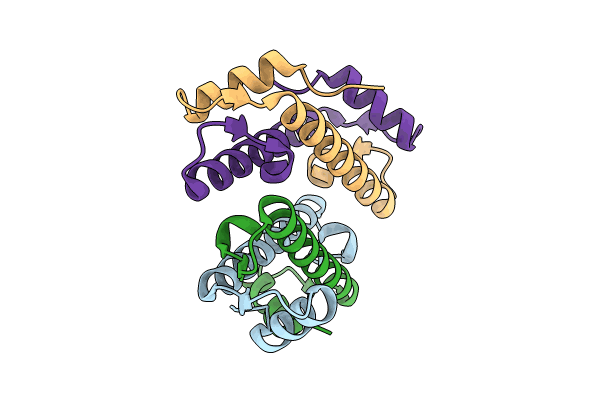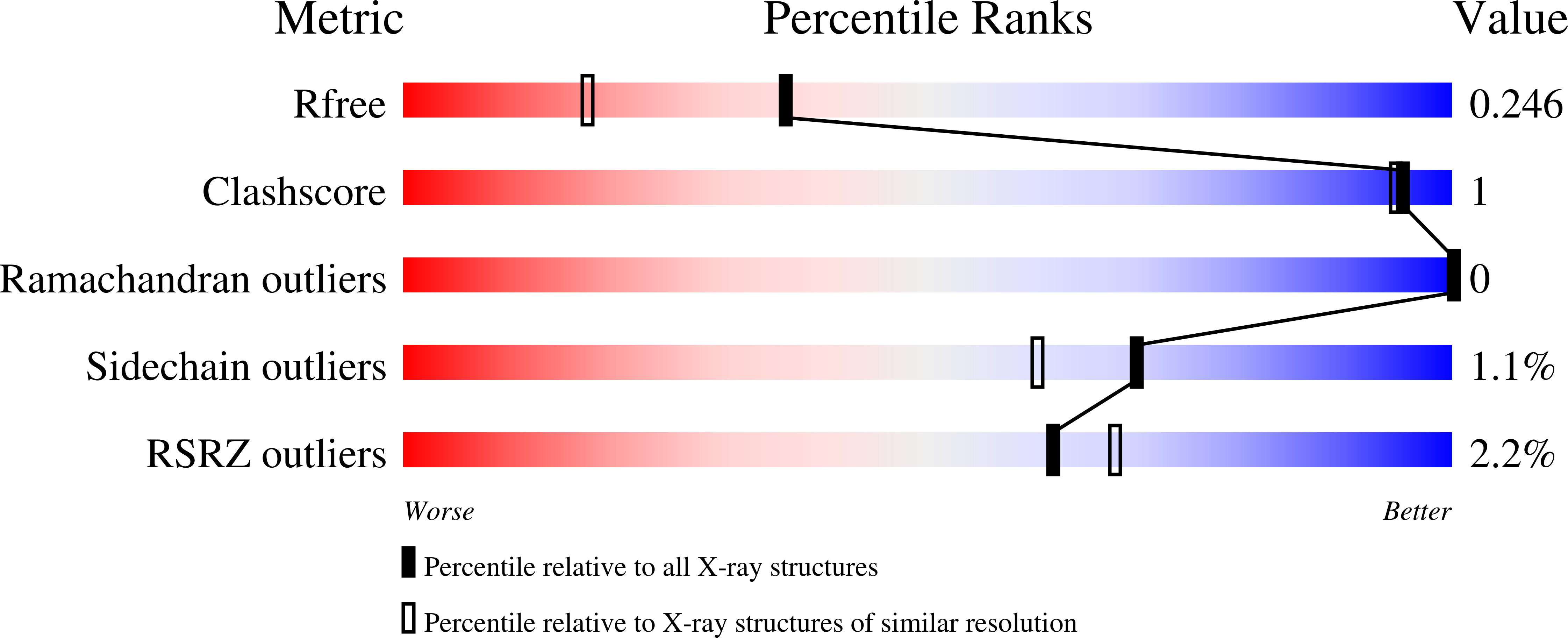
Deposition Date
2024-04-22
Release Date
2024-10-02
Last Version Date
2024-10-02
Entry Detail
PDB ID:
9F2C
Keywords:
Title:
Archaeal histone protein HTkC from Thermococcus kodakarensis
Biological Source:
Source Organism:
Thermococcus kodakarensis (Taxon ID: 311400)
Host Organism:
Method Details:
Experimental Method:
Resolution:
1.84 Å
R-Value Free:
0.23
R-Value Work:
0.20
R-Value Observed:
0.20
Space Group:
P 21 21 21


